What Are The Best AR-15 Barrel Lengths? By Caliber
Posted by Gunbuilders.com on Mar 20th 2024
There are a lot of calibers that'll fit in the AR-15. Barrel length (and twist rate) are the most important things to consider when it comes to making sure your AR is accurate. Which barrel length is best for your AR? Find out with our data below.
The Best AR15 Barrel Lengths
We like we said: The AR platform can chamber dozens of cartridges -- too many to cover with one guide. We're reivewing the most popular cartridges: 5.56/.223, 6.5 Grendel, 6.5 Creedmoor, 300 Blackout, .308 Winchester, and 9mm. These six cartridges cover roughly 90% of all AR-15s in circulation.
Best Barrel Length for 5.56/.223
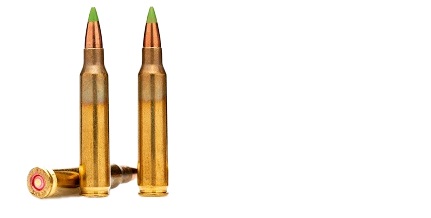
For this guide, 5.56 NATO and .223 Remington are treated as one cartridge. They're technically different with respect to max chamber pressures and ledes (barrel throats), but they perform the same when measuring ballistics. So, they require the same barrel length and twist rates.
When it comes to maximizing velocity and accuracy, the best barrel length for 5.56 and .223 is 20". This is the length Eugene Stoner chose when developing the original AR-15, and it's the barrel length found on original M16 rifles.
Although most modern ARs chambered in 5.56 and .223 have barrels measuring 16", this is only to reduce the weight and length of the rifle. Rifles using a 16" barrel sacrifice about 10% of 5.56's and .223' maximum velocity, which would otherwise be achieved with a 20" barrel.
The Best Twist Rate for 5.56/.223
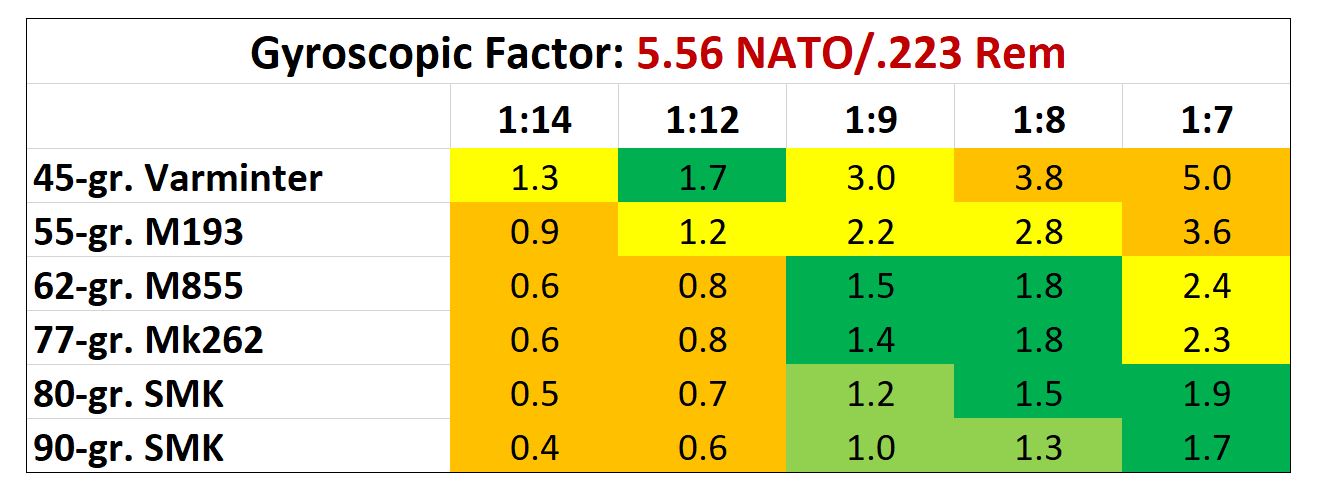
Because of the various grain weights available for 5.56 and .223, there is no single twist rate that'll work best for all loads. If you chamber the most common rounds (55- and 62-grain), and your AR has the typical 16" barrel, a 1:9 twist rate is best.
If you choose to build an M4 clone and equip your rifle with a 14.5" barrel, a 1:8 twist rate is best. Although many ARs chambered in 5.56 and .223 have a 1:7 twist rate, this is only favorable when chambering high grain-weight, match-grade loads, like 80- and 90-grain Sierra MatchKings.
Best Barrel Length for .308
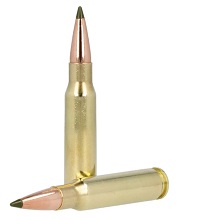
The .308 Winchester (and its 7.62x51 NATO counterpart) has been around for decades. Plenty of data shows a 24" barrel provides the best velocity. Increasing barrel length beyond 24" only provides marginal gains in velocity, and some argue the instability and flex of any longer barrel may negate the benefits of that extra velocity.
The Best Twist Rate for .308

Unlike 5.56 and .223, the .308 Win and 7.62 NATO works best with a single twist rate, no matter the grain weight. The 1:12 twist rate is the best rate for any .308 load.
Best Barrel Length for 300 BLK
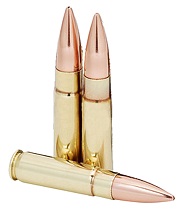
The .300 AAC Blackout, shortened to just 300 Blackout, or 300 BLK, was developed for special operators who wanted three things: A compact rifle, good power and velocity, and the ability to switch between supersonic and subsonic ammo without re-tooling their rifles. To accomplish this, Advanced Armament Corp. (AAC) spent plenty of time conducting ballistic testing.
They found the optimal barrel length for 300 BLK is between 9" and 11.5". A 9" barrel will allow both subsonic and supersonic 300 BLK rounds to reach sufficient velocity. An 11.5" barrel will provide a bit more accuracy and stability if you plan on shooting mostly supersonic loads.
Best Twist Rate for 300 BLK
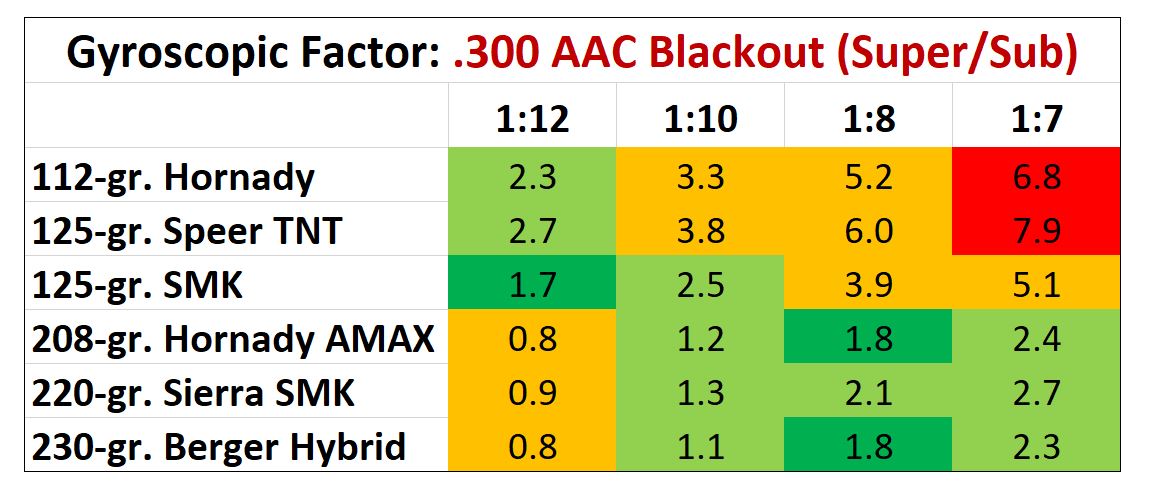
Because 300 BLK is designed to provide lightweight supersonic and heavy subsonic loads, picking a twist rate means compromising -- finding one rate that can stabilize both types of rounds. For this, a 1:8 or 1:7 twist rate is best.
Although these twist rates may spin supersonic loads a bit fast, those rounds will remain stable and accurate in flight. Either of those twist rates will stabilize subsonic rounds, too.
Best Barrel Length for 9mm
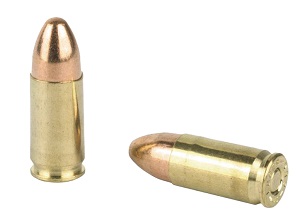
The best barrel length for 9mm chambered in the AR platform is 9 inches.This length provides near maximum velocity and accuracy. Increasing barrel length beyond 9" yields only small increases in velocity. Note that some choose a 16" 9mm barrel to build an AR9 rifle -- 16" is the minimum legal length for any firearm to be equipped with a buttstock, without that firearm being classified as a short-barreled rifle.
It's important to note that if you decide to use a longer barrel -- like one measuring 16" -- your 9mm loads will exit the barrel traveling at supersonic velocities. This will reduce the overall effectiveness of a suppressor. A 9" barrel allows heavy rounds intended for suppressors to be remain subsonic, allowing for effective sound suppression.
Best Twist Rate for 9mm
There's no gyroscopic chart for 9mm, because there's only one twist rate you need, no matter the barrel length or load: The 1:10 twist rate is best for all 9mm rounds. This rate stabilizes every 9mm grain weight, providing good spin that's not too slow, nor over-stabilized.
Best Barrel Length for 6.5 Grendel
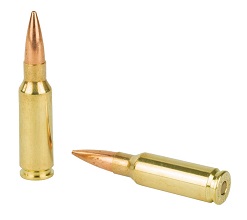
The Grendel cartridge is unique in the AR-15 platform, since it's capable of providing .308-type performance while still fitting inside 5.56/.223-sized receivers. To achieve this level of performance, barrel length and twist rate are particularly important.
A 20" barrel is optimal for 6.5 Grendel. Any longer barrel provides negligible increases in velocity. But it's important to note that dropping down to a 16" barrel only yields a 4% loss in velocity.
Best Twist Rate for 6.5 Grendel
The 6.5 Grendel is incredibly fast. Because of its speed, the ideal twist rate remains the same for all the common grain weights (90 to 130 grains). The 6.5 Grendel works best with a 1:8 twist rate.
Best Barrel Length for 6.5 Creedmoor
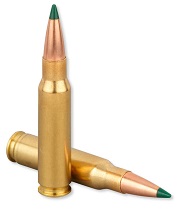
The "big brother" of 6.5 Grendel, 6.5 Creedmoor was developed to out-shoot .308 Winchester and 7.62x51 NATO. It chambers the same 0.264"-diameter bullet as Grendel, but with a larger cartridge that requires the longer action -- in this case, it uses the .308 AR's bigger receivers and bolt.
Since 6.5 Creedmoor burns more powder to achieve higher velocities than Grendel, it requires a longer barrel. To achieve maximum possible velocity, ballistic testing has shown that a 25" barrel is required. This is quite long and would only serve well on a dedicated bench rifle. Marginal losses in velocity can be managed with a barrel measuring 22" to 24".
Best Twist Rate for 6.5 Creedmoor
Like the 6.5 Grendel, the 6.5 Creedmoor's velocity remains consistent across its different grain weights.That means it also enjoys a universally optimal twist rate. For 6.5 Creedmoor, a 1:8 twist rate is best.
Quick Barrel Length Recap
There's quite a bit of info we covered in this guide, so here's quick summary of all the above popular AR15 calibers' best barrel lengths and twist rates:
- A 16" barrel and 1:8 twist rate works best for 5.56 NATO and .223 Remington.
- A 20" barrel and 1:12 twist rate works best for all .308 Winchester and 7.62x51 NATO.
- For all 300 BLK, a barrel measuring 9" to 11.5" with a 1:7 or 1:8 twist works best.
- No matter the weight, 9mm requires a 1:10 twist rate, and a 9" barrel provides optimal velocity.
- 6.5 Grendel achieves optimal velocity with a 20" barrel. a 1:8 twist rate is best for accuracy.
- 6.5 Creedmoor requires a 22" to 24" barrel and requires a 1:8 twist rate, like the Grendel.
DISCLAIMER: If you are new to the world of DIY gun building, you likely have a lot of questions and rightfully so. It’s an area that has a lot of questions that, without the correct answers, could have some serious implications. At GunBuilders.com, we are by no means providing this content on our website to serve as legal advice or legal counsel. We encourage each and every builder to perform their own research around their respective State laws as well as educating themselves on the Federal laws. When performing your own research, please be sure that you are getting your information from a reliable source.

